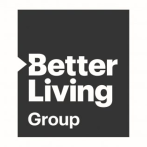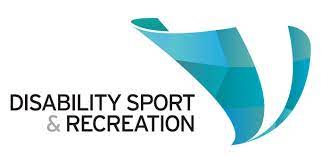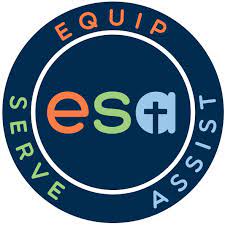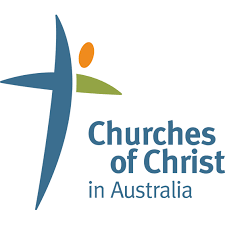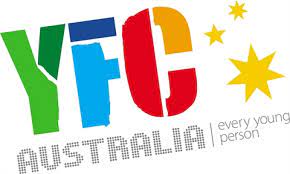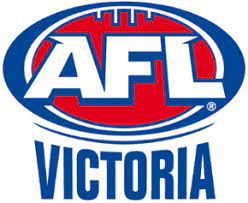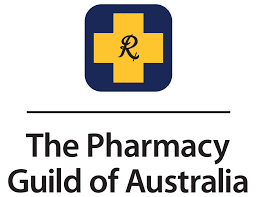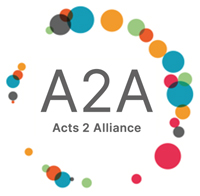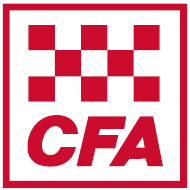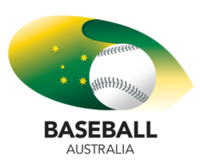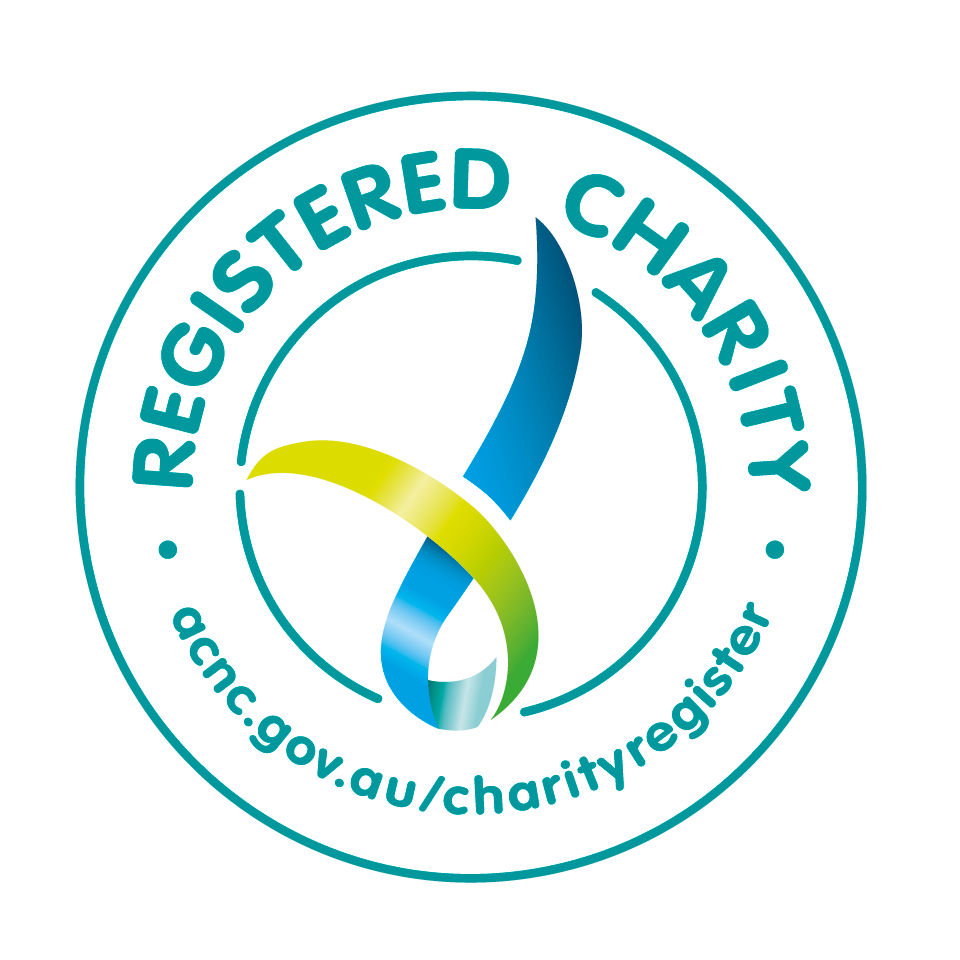Child Safety training for your teams, across Local Government and Council, at all levels of responsibility.
Child Safety for Local
Government and Councils.
Child Safety training for your teams, across Local Government and Council, at all levels of responsibility.
Child Safety is a key focus of Local government and Councils. Child safety training for your team is critical to ensure community well-being, equip leaders, and safeguard our youngest citizens.
There are 537 councils Australia-wide. Of these, around 55% are regional, rural, or remote councils. The local government employs 194,000 people, which is nearly 10% of the total public sector. The local government has an important role in local service delivery and support of local organisations, businesses, and residents.
Many local governments directly deliver services to children and young people, including child and maternal health, childcare, early learning centres and kindergartens, before and after school care, and youth services. Local governments strongly focus on child safety and ensure that their staff are educated on child safety issues and how to respond.
ChildSafe Australia is the expert in child safety that you can rely on to help you meet your council’s child safety requirements. ChildSafe’s framework strengthens your council’s screening, training, incident reporting, and risk management.
ChildSafe provides group training designed to suit your council team, with training at various levels of responsibility.
ChildSafe also offer training customised for the following council team
- Senior Management Team
- Leisure centres
- Community Spaces – Library / Art Gallery / Customer experience
- Youth Services / Events
- Child Safety Officers / HR
- Home Care
- Maternal Child Health Team
- Parks & Gardens
- Regulatory Services / Property Facilities / Waste & Environment
ChildSafe’s training for organisations also includes reference to your major Child Safety documents:
- Child Safety Policy
- Code of conduct
- Complaints/reporting process
ChildSafe empowers organisations with training resources and tools to develop a culture of safe people, safe programs and safe places.
ChildSafe Additional Services for Council
-
ChildSafe Audits Read More:
-
Policy and Procedure Development Read More:
-
Child Safety working groups and strengthening compliance workshops
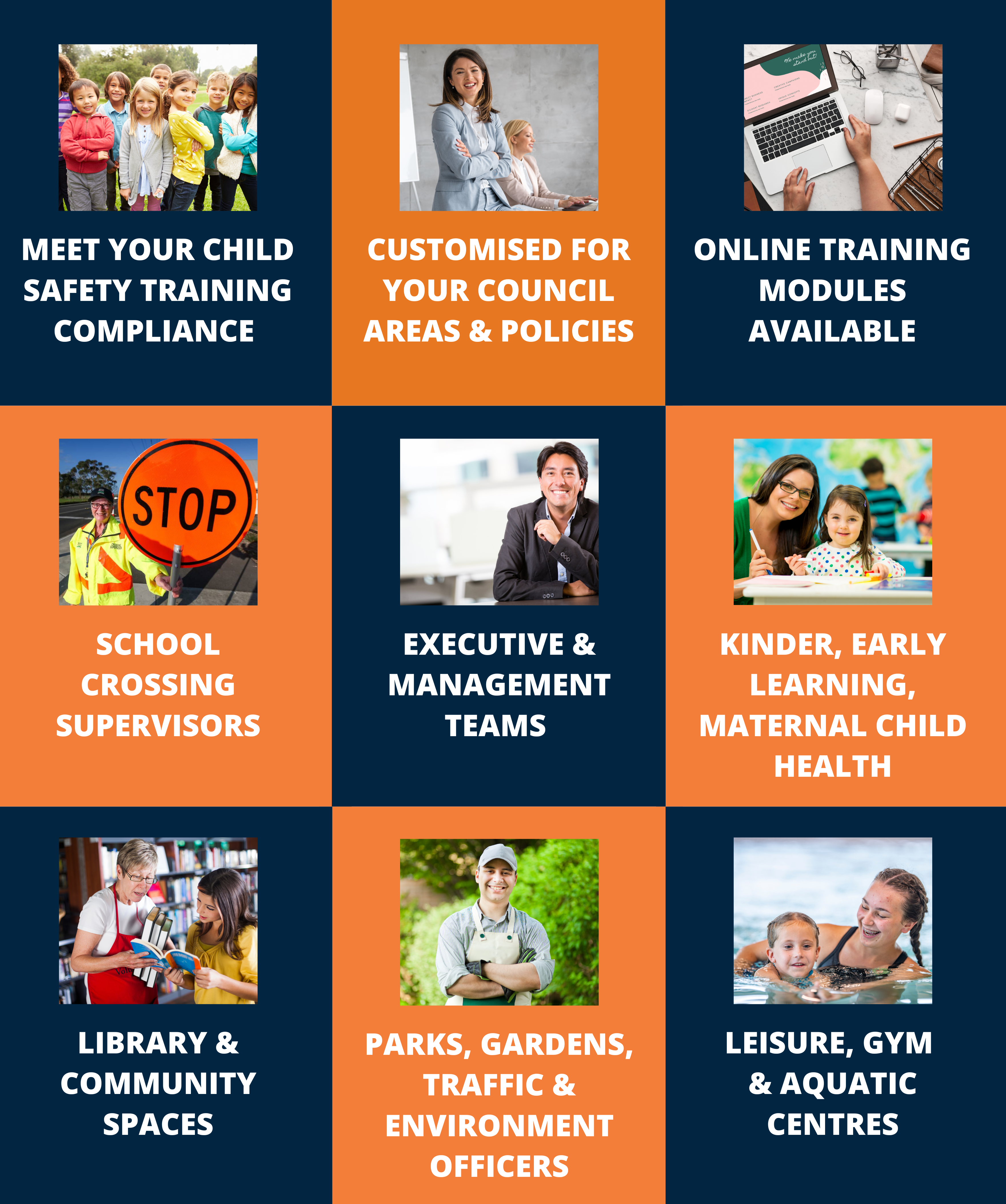
ChildSafe Audits
Child safety audits are essential to ensure that organizations, including councils, adequately protect children in their care or under their jurisdiction.
Here are some benefits of child safety audits for councils:
- Child Protection: First and foremost, child safety audits ensure that children are protected from potential harm. Audits identify areas where children might be at risk, ensuring that measures are put in place to mitigate these risks.
- Legal Compliance: Many jurisdictions have legal requirements concerning the protection of children. An audit can ensure that a council is in full compliance with all local, state, or national child protection regulations.
- Improved Reputation: Ensuring child safety can bolster the reputation of a council within the community. Parents and guardians are more likely to trust and support organizations that prioritize child safety.
- Risk Management: An audit identifies potential areas of vulnerability or risk. By addressing these issues proactively, councils can prevent incidents, thereby avoiding potential legal liabilities or public relations disasters.
- Staff Training & Development: An audit can highlight areas where staff might need additional training or resources. By addressing these needs, councils can ensure that all employees are adequately equipped to protect children.
- Stakeholder Confidence: Stakeholders, including parents, community members, and partners, will have greater confidence in a council that takes child safety seriously. An audit provides tangible proof that a council is committed to best practices.
- Enhanced Procedures & Protocols: Audits can lead to the development or enhancement of procedures and protocols, ensuring that every aspect of an organization is optimized for child safety.
- Accountability: Regular audits ensure that a council remains accountable to its community and stakeholders. It signals that child safety is not just a one-time concern but an ongoing priority.
- Resource Allocation: An audit can help a council determine where its resources might be best allocated to ensure child safety, ensuring the most efficient use of funds and personnel.
- Continuous Improvement: Child safety standards and best practices can evolve over time. Regular audits ensure that a council stays updated and continuously improves its child safety measures.
In summary, child safety audits provide a comprehensive review of an organization’s child protection measures, ensuring not only the safety of children but also the integrity, reputation, and efficiency of the council.
Read more about ChildSafe Audit and Gap Analysis here: https://www.childsafe.org.au/help-for-organisations/auditing-gap-analysis/
ChildSafe Learning Pathways
ChildSafe Training is designed to support staff and volunteers at various levels of responsibility. ChildSafe courses build on each level to support your team members and assist them in creating safer environments for children and young people. Help your team implement the Child Safety Principles and State Standards.
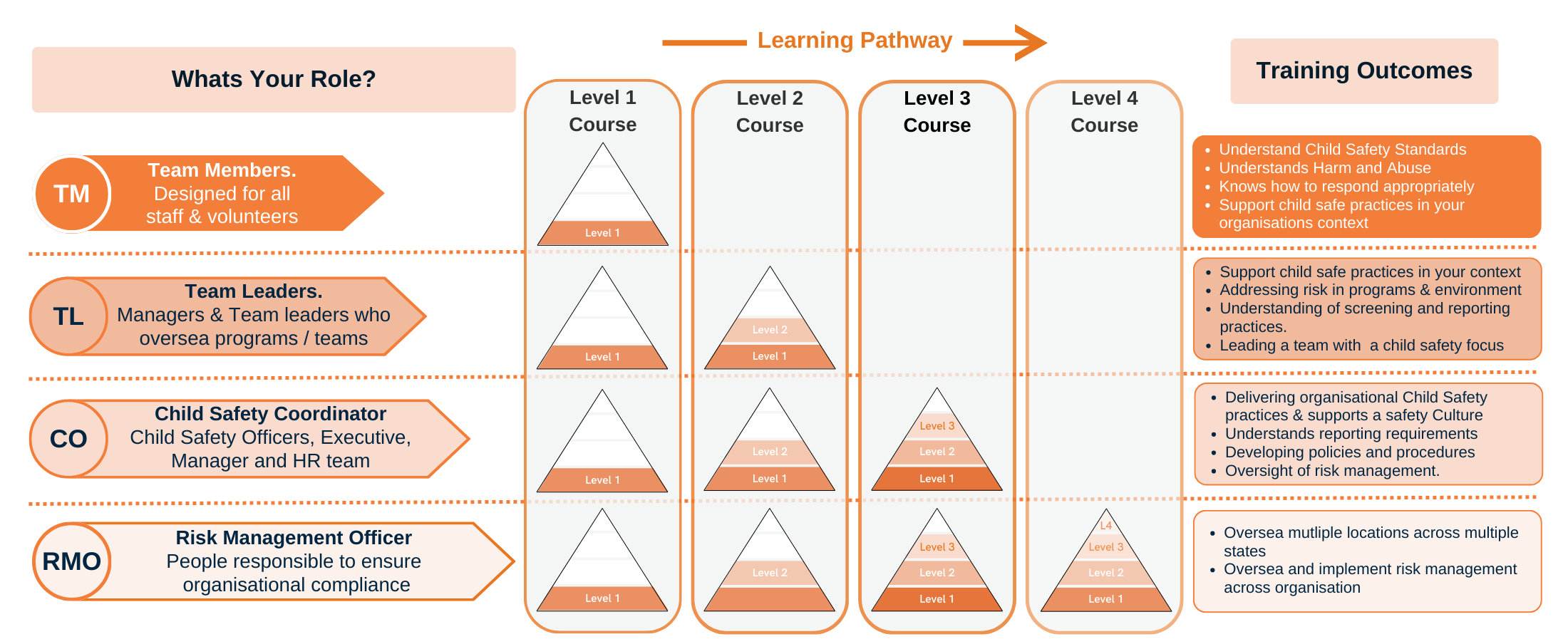
Enquire about training
ChildSafe Training customised for Councils
ChildSafe Australia has a range of training developed for diverse groups and departments within local councils. Based on the 10 National Principles for child safe organisations, ChildSafe’s comprehensive training assists council employees to create safer environments for children and young people. ChildSafe’s training also includes reference to your council’s child safety policy, reporting process, and code of conduct documents.
Training includes:
- Why child safety training?
- Code of conduct
- Safety management to prevent harm
- Recognising abuse
- Responding to harm and abuse
- Scenario-based discussion relevant to each team’s environment
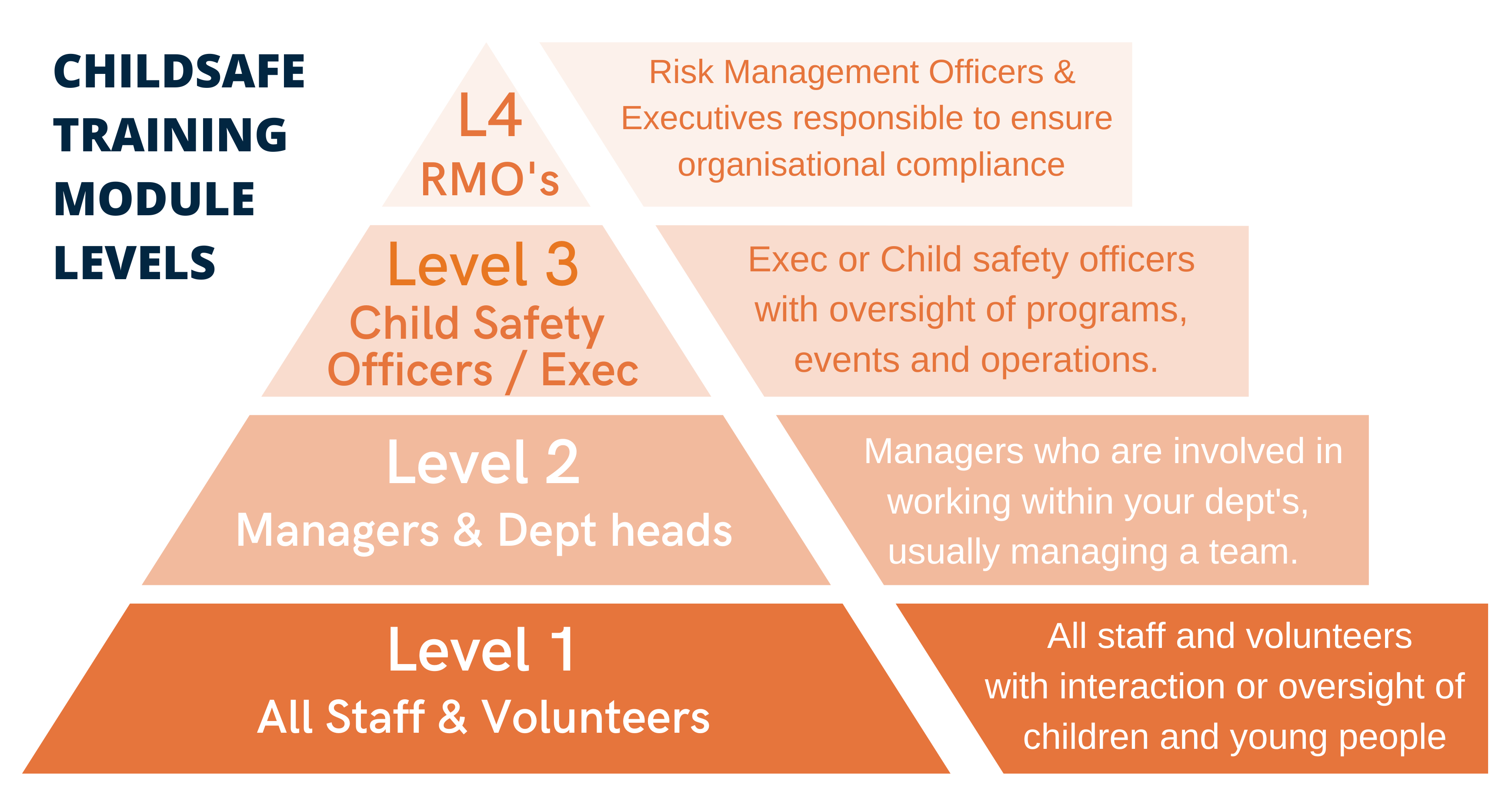
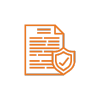
Developing policies and procedures
Resources to turn policies into procedures, processes and actions.
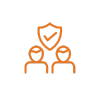
Child Safety Standards
What are the Child Safety Standards for your organisation, club or association?

Risk management tools
SMO Framework to empower your organisation’s child safety practices.
Creating a culture of child safety
Fitting all the elements together
ChildSafe Australia has developed a child safety framework to empower organisations to develop a culture of safe people, safe places and safe programs. The ChildSafe framework brings together the essential elements that every organisation requires to develop a culture of child safety.
ChildSafe’s program has been developed with over 15 years of child safety experience working with organisations. The ChildSafe framework encompasses the 10 National Principles for Child Safety and guidelines for creating Child Safe Organisations.
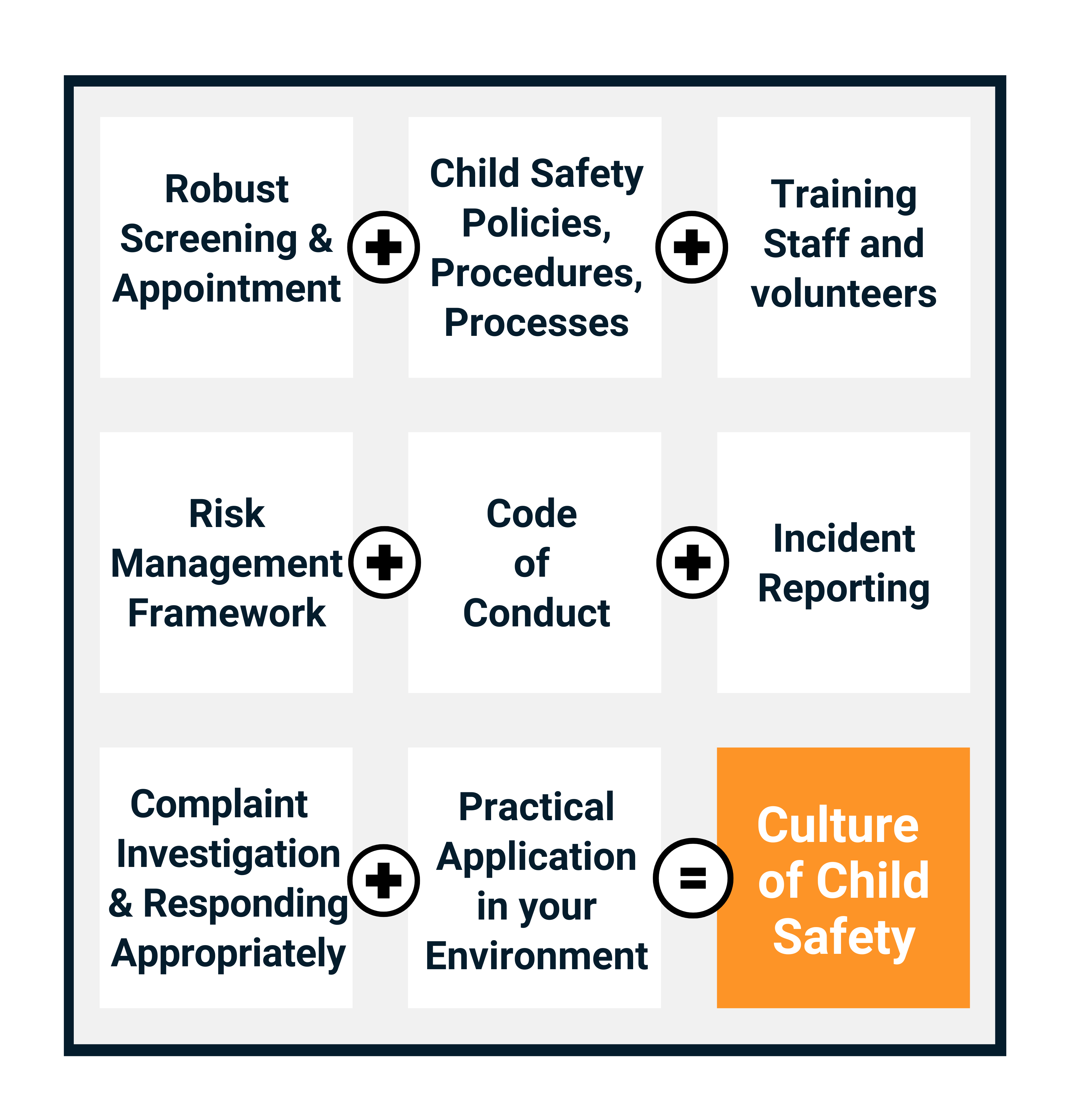
Safety Management Online
Are you looking for a structured, systematic approach to help your organisation apply child safety standards?
Engage employees in training and compliance on their devices. SMO helps your organisation to:
- Train staff at all levels
- Create, share and implement child safety policies / procedures
- Record Working with Children Checks
- Implement robust onboarding and child safety checks
- Capture, record, and report incidents
- Save time and money in development of policies, processes, and systems
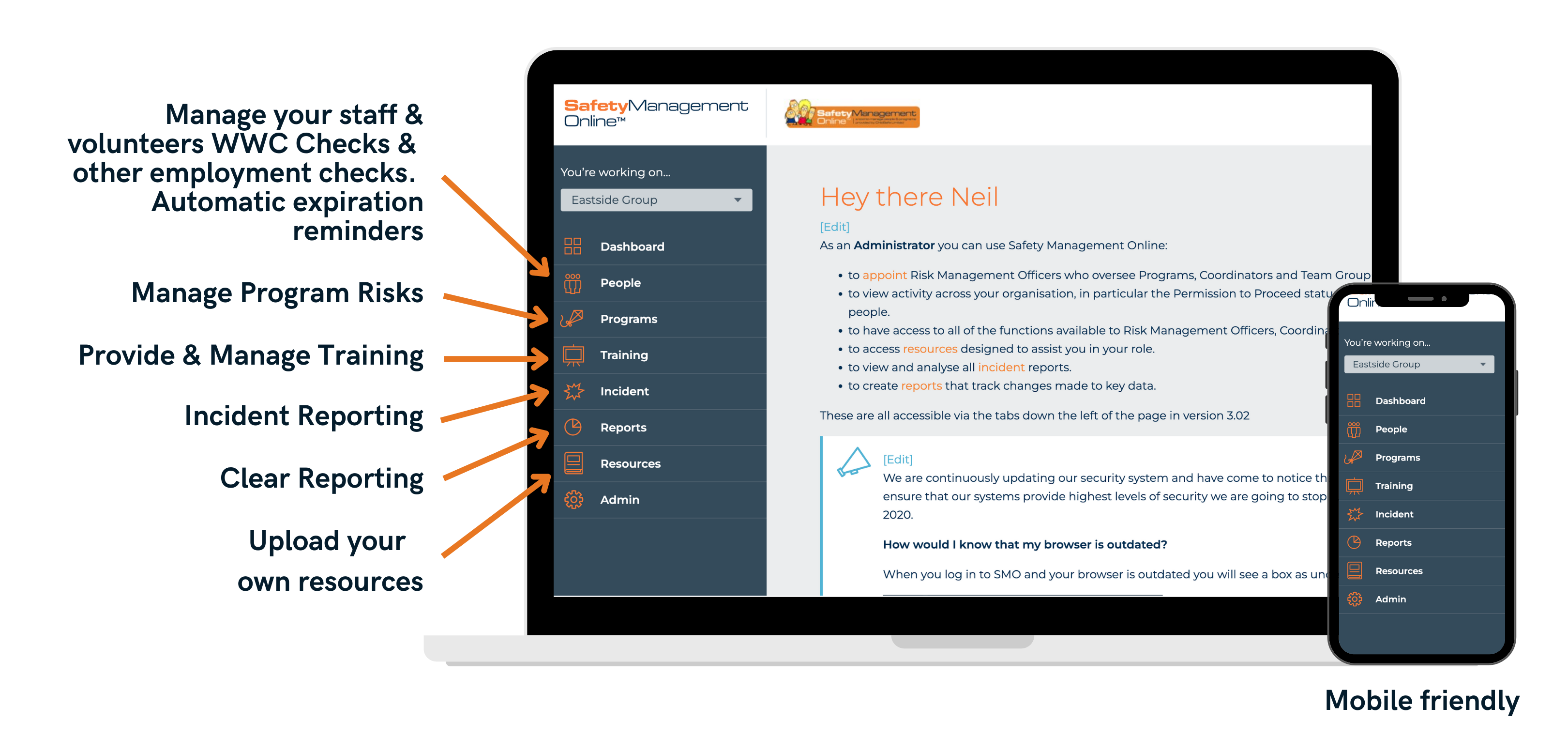
ChildSafe Training and Australia’s child safety standards.
ChildSafe’s training has been developed to help organisations meet the National Principles for Child Safe Organisations and state-based Child Safety Standards.
The National Principles for Child Safe Organisations (the National Principles) provide a national approach to cultivating organisational cultures and practices that foster child safety and wellbeing across all sectors in Australia. They give effect to the Royal Commission’s recommended child safe standards while including broader child safety and wellbeing.
Some states have developed State based Child Safety Standards. ChildSafe’s training is delivered to reflect each states Child safety framework and reporting requirements.
At the core of these standards is education and training for staff and volunteers.
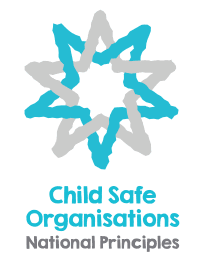




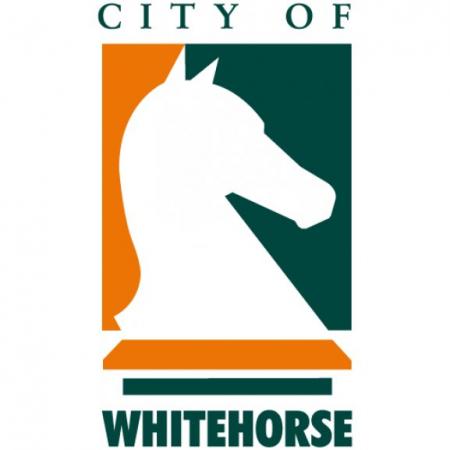
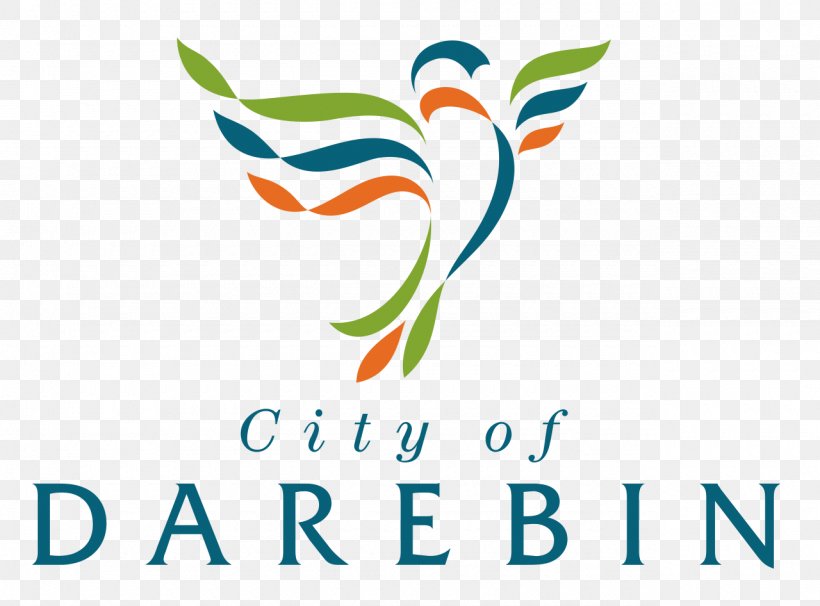
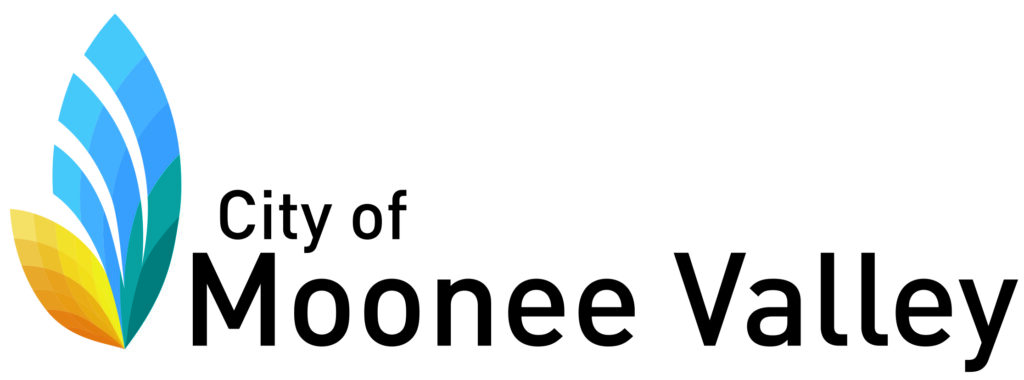
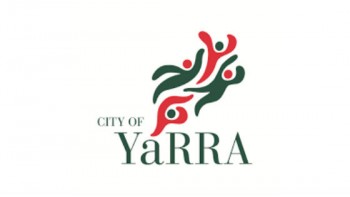
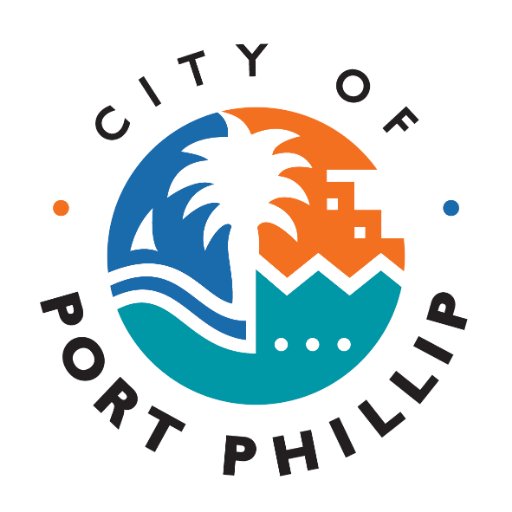
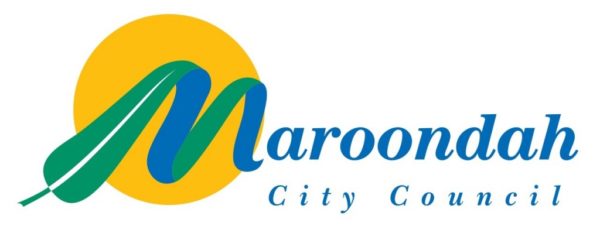


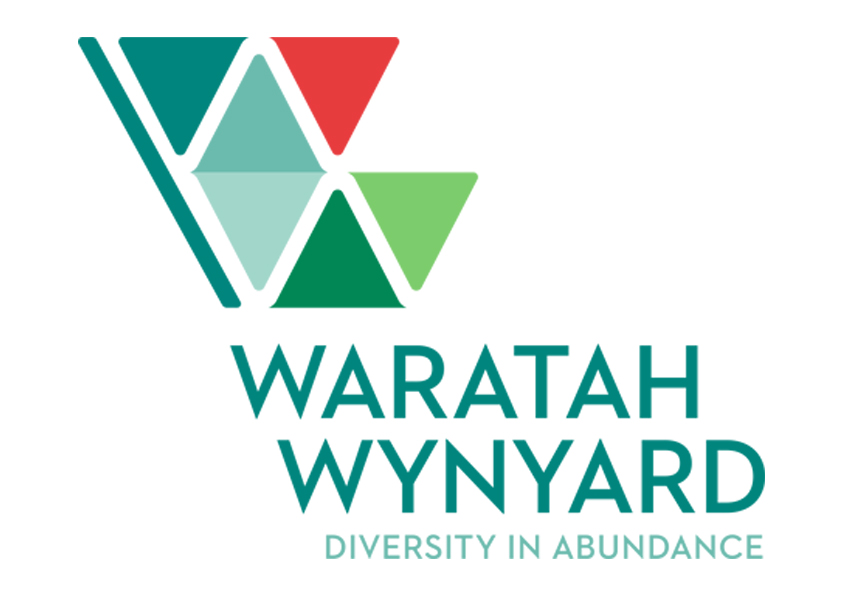
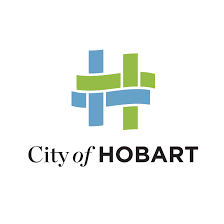



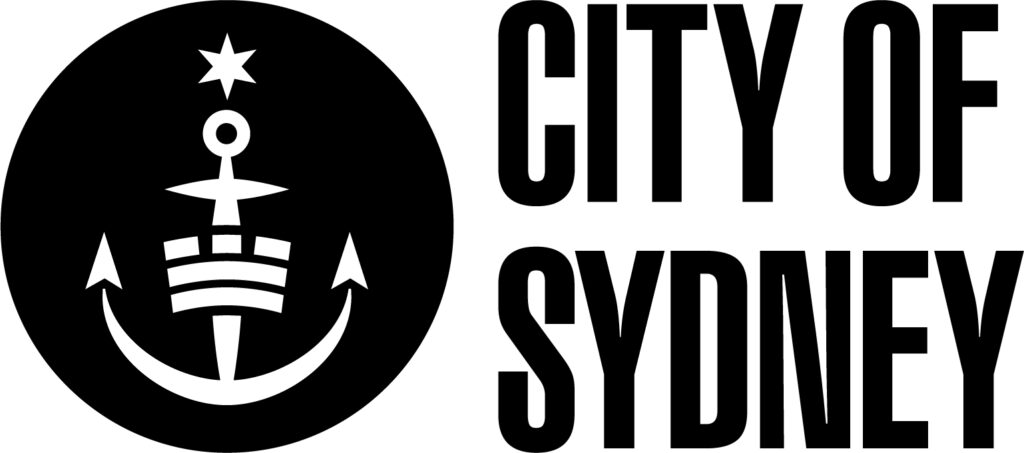
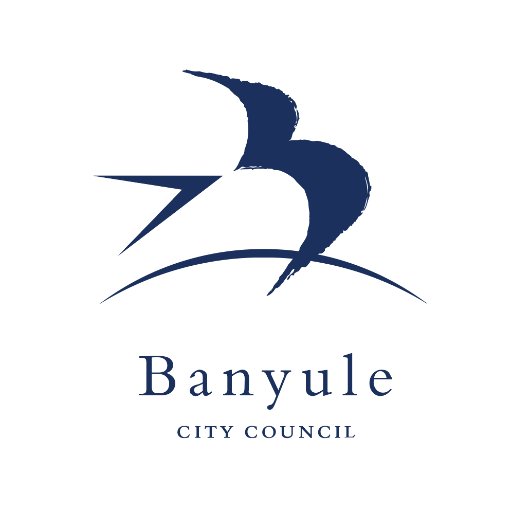

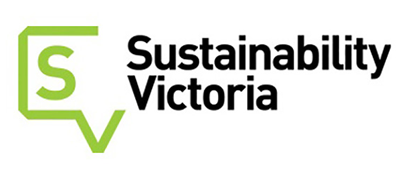

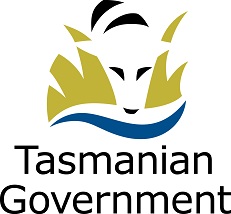
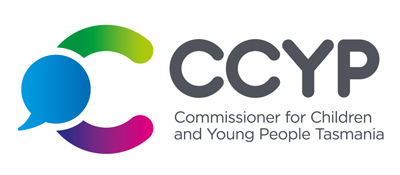
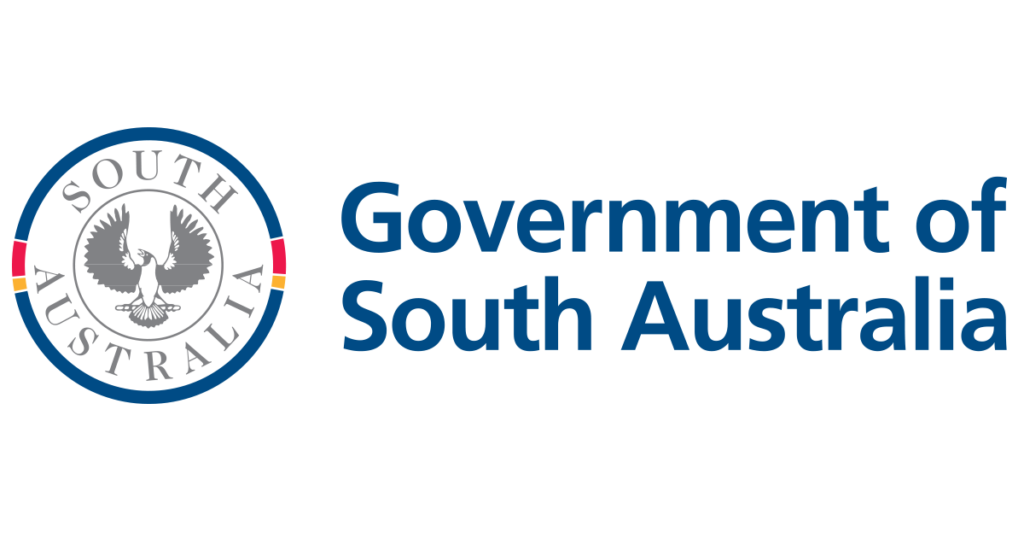





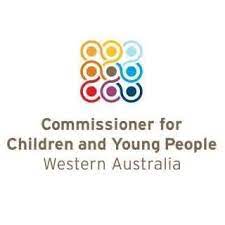
![ccyp-logo.vIAZNKXHynWmr7zuuqXQag[1]](https://www.childsafe.org.au/wp-content/uploads/2022/12/ccyp-logo.vIAZNKXHynWmr7zuuqXQag1.png)

